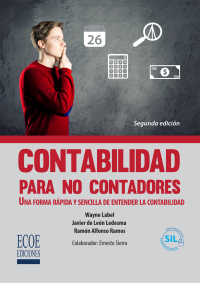4 A recently discovered painting by Picasso is on auction at Sotheby's. There are two main bidders Amy and Ben {1,2}. Bidding starts at 10M but the value of the painting is certainly not more than 20M. Each bidder's valuation v, is independently and uni- formly distributed on the interval (10M 20M), and this is common knowledge among the players: A bidder knows their own valuation but not of their opponent. Consider an auction where an object is allocated to the highest bidder but the price paid by the bidder is determined randomly. With probability 3/4, the bidder pays their own bid, and with probability 1/4 the bidder pays the losing bid. The person bidding lowest pays nothing. If the bids are equal, each bidder gets the object with probability one-half, and in this case, pays their bid. Suppose that bidder I assumes that bidder 2 will bid a constant fraction. 7, of bidder 2's valuation and similarly, bidder 2 assumes bidder I will bid the same constant propor- tional value of their valuation). (1) Write down the expected payoff to bidder 1. as a function of their own valuation and bid b. (Ignore ties, where both bidders bid the same amount.) [10 marks) (ii) Solve for bidder l's optimal bid, as a function of their valuation and hence solve for, and thereby, find the Bayes-Nash equilibrium of this game, where each bidder bids a constant fraction of their own valuation. [6 marks) (iii) Assume Amy's valuation is set at 17M, how much should she bid? [4 marks) 4 A recently discovered painting by Picasso is on auction at Sotheby's. There are two main bidders Amy and Ben {1,2}. Bidding starts at 10M but the value of the painting is certainly not more than 20M. Each bidder's valuation v, is independently and uni- formly distributed on the interval (10M 20M), and this is common knowledge among the players: A bidder knows their own valuation but not of their opponent. Consider an auction where an object is allocated to the highest bidder but the price paid by the bidder is determined randomly. With probability 3/4, the bidder pays their own bid, and with probability 1/4 the bidder pays the losing bid. The person bidding lowest pays nothing. If the bids are equal, each bidder gets the object with probability one-half, and in this case, pays their bid. Suppose that bidder I assumes that bidder 2 will bid a constant fraction. 7, of bidder 2's valuation and similarly, bidder 2 assumes bidder I will bid the same constant propor- tional value of their valuation). (1) Write down the expected payoff to bidder 1. as a function of their own valuation and bid b. (Ignore ties, where both bidders bid the same amount.) [10 marks) (ii) Solve for bidder l's optimal bid, as a function of their valuation and hence solve for, and thereby, find the Bayes-Nash equilibrium of this game, where each bidder bids a constant fraction of their own valuation. [6 marks) (iii) Assume Amy's valuation is set at 17M, how much should she bid? [4 marks)







